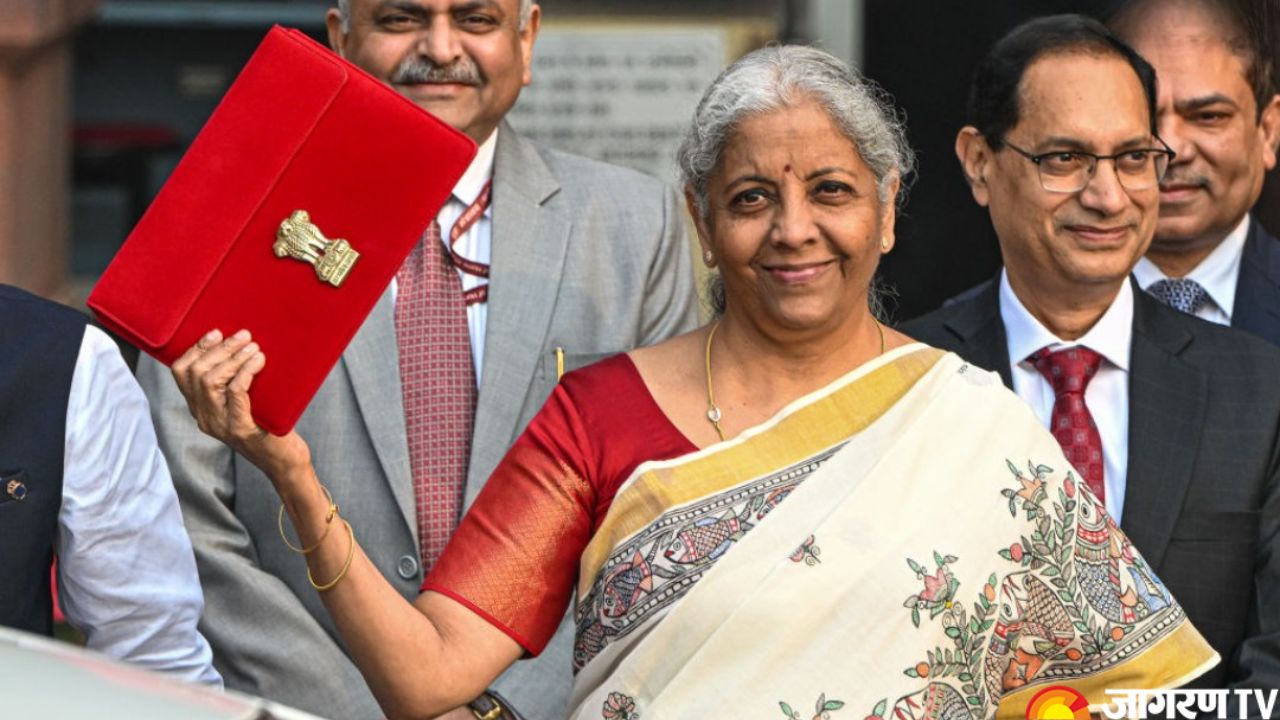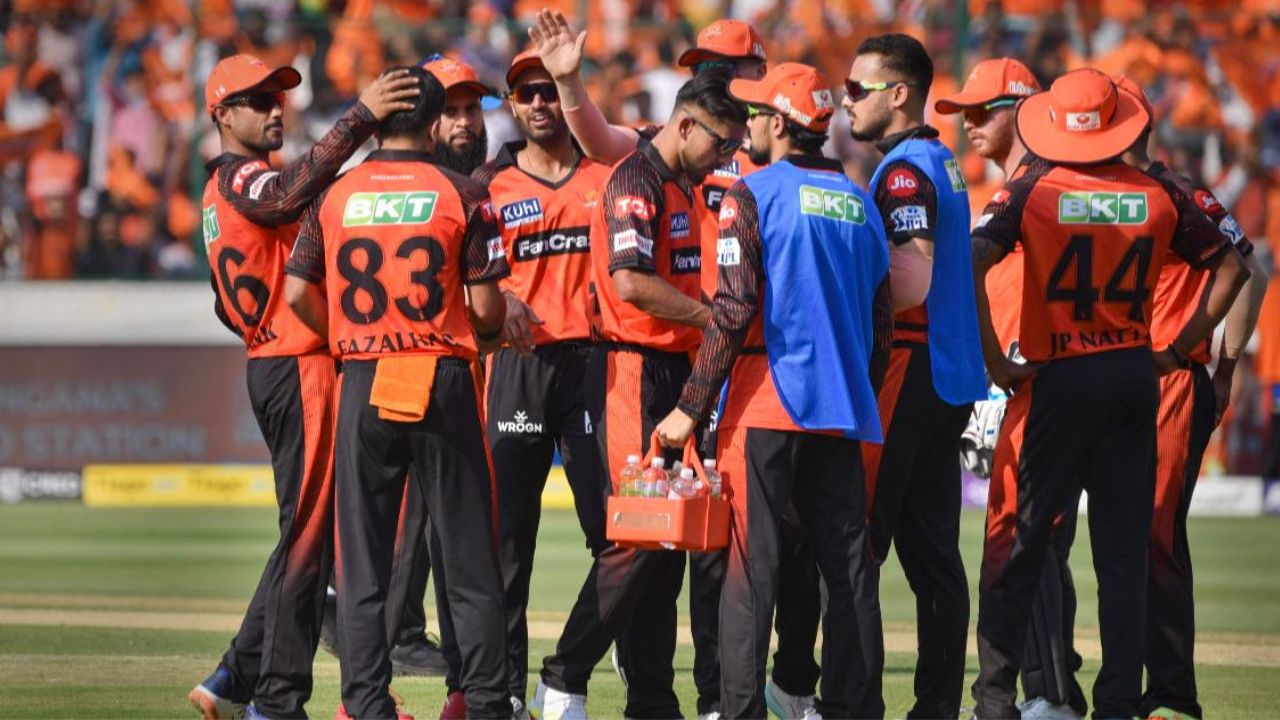Budget 2025: FM Nirmala Sitharaman Concludes Budget Speech With Tax Modifications, Big Relief to Middle Class, Details Here

Budget 2025: Finance Minister Nirmala Sitharaman presented her eighth consecutive budget today, on 1 February 2025, marking the first budget of NDA 3.0. Ahead of the Budget session, there were many speculations about what changes would be made to ease the burden on the pockets of citizens, particularly the middle-class section. FM Sitharaman presented her eighth consecutive Budget in Parliament and the second full-fledged budget of the Narendra Modi-led NDA government’s third term, beginning at 11 am on February 1st, 2025, in the Lok Sabha. The Budget session commenced on January 31st, 2025, with the tabling of the Economic Survey 2025 by Sitharaman.
In what is considered to be a big relief for the middle class, FM Sitharaman announced that no income tax will be payable for an annual income of upto Rs 12 Lakh, along with focusing on four major sectors including Agriculture, MSME, Investment, and Exports. Additionally, FM Sitharaman also announced a slew of schemes for the state of Bihar, including Makhana Board and more.
Check out what became costlier, cheaper, tax modifications, and other key changes of Union Budget 2025.
Budget 2025 Highlights
-
Nirmala Sitharaman declared that this year’s budget will prioritize GYAN (Gareeb, Youth, Annadata, and Nari). This budget builds on the government’s initiatives to accelerate growth, ensure inclusive development, revitalize private sector development, boost household sentiment, and increase the purchasing power of India’s growing middle class.
-
Finance Minister Nirmala Sitharaman highlighted four development engines in the Union Budget 2025-25. These include agriculture, MSMEs, investments, and exports. She also stated that the Budget aspires to implement transformative reforms in six areas: taxation, the power sector, urban development, mining, the financial sector, and regulatory reforms.
-
Starting with agriculture, Sitharaman says the government will boost pulse self-sufficiency, with a particular emphasis on the production and purchase of toor, urad, and masur. Bihar will establish a Makhana board to promote the cultivation and trade of foxnuts.
-
Finance Minister Nirmala Sitharaman has launched the ‘Prime Minister Dhan Dhanya Krishi Yojana’ (PMDDKY) for the agriculture sector. In its initial phase, this system will be implemented in conjunction with states throughout 100 districts. The plan will be similar to the Aspirational Districts Programme (ADP), which Prime Minister Narendra Modi inaugurated in 2018. The ADP is implemented in 112 districts. The PMDDKY will be applied throughout the agricultural areas.
-
The government will issue customized credit cards with a Rs 5 lakh limit to 10 lakh micro-industries in the first year, to boost credit access. The Budget will also focus on key areas such as Make In India, MSME support, employment-led development, investment in people, innovation, energy security, and exports.
-
To promote Make in India, the government will launch the National Manufacturing Mission, which would include small, medium, and big firms. Under this Mission, the government will provide policy assistance, implementation roadmaps, and governance and monitoring structures for central ministries and states.
-
With Bihar’s assembly elections expected later this year, Finance Minister Nirmala Sitharaman has already made two special announcements for the state. Sitharaman announced the extension of Patna Airport and the establishment of a new brownfield airport in the state, providing an infra boost.
-
The Finance Minister has also announced a ‘Makhana Board’ to support farmers in growing makhana. The Finance Minister has announced the formation of a Makhana Board in Bihar with the goal of improving Makhana production, processing, and value addition. People involved in Makhana agriculture will be organized into FPOs. About 10 lakh people are directly or indirectly involved in Makhana cultivation and production in Bihar, with the state accounting for approximately 85% of total Makhana production in the country. The Bihar government has been requesting action from the Central government to boost Makhana farming. The state government also wanted a statement of Makhana’s minimum support price.
-
The Finance Minister has announced a further extension of the Jal Jeevan Mission (JJM) until 2028. The JJM, which began in 2019, was one of Modi 2.0’s biggest initiatives. More than 12 crore rural homes have already been connected to tap water. The plan seeks to provide 55 liters of drinking water to each person every day. The second phase of the JJM will focus on the operations and maintenance of the infrastructure built during phase 1. While pipelines have been installed in several areas under the JJM, residents complain about a lack of drinking water.
-
FM Sitharaman announced that 10,000 medical undergraduate and postgraduate seats would be added over the next year. This, she said, will contribute to the goal of increasing the number of medical seats by 75,000 over five years. The number of medical seats has expanded dramatically over the last decade, with MBBS seats increasing from 51,384 before 2014 to 1,12,112 in 2024, and PG seats increasing from 31,185 to 72,627.
New Tax Slab Announced
Related Videos
यह भी पढ़ें
-
09 Apr, 2023
IPL 2023 : आज हैदराबाद और पंजाब में कौन मारेगा बाजी, ऐसी हो सकती है दोनों टीम की प्लेइंग इलेवन
-
09 Apr, 2023
कोरियन दूल्हे ने इंडियन स्टाइल में की शादी, घोड़ी भी चढ़ा और भांगड़ा भी किया, वीडियो हुआ वायरल
-
09 Apr, 2023
-
09 Apr, 2023
आकांक्षा दुबे मामले में आरोपी समर सिंह को भीड़ ने दौड़ाया, 14 दिन की न्यायिक हिरासत








